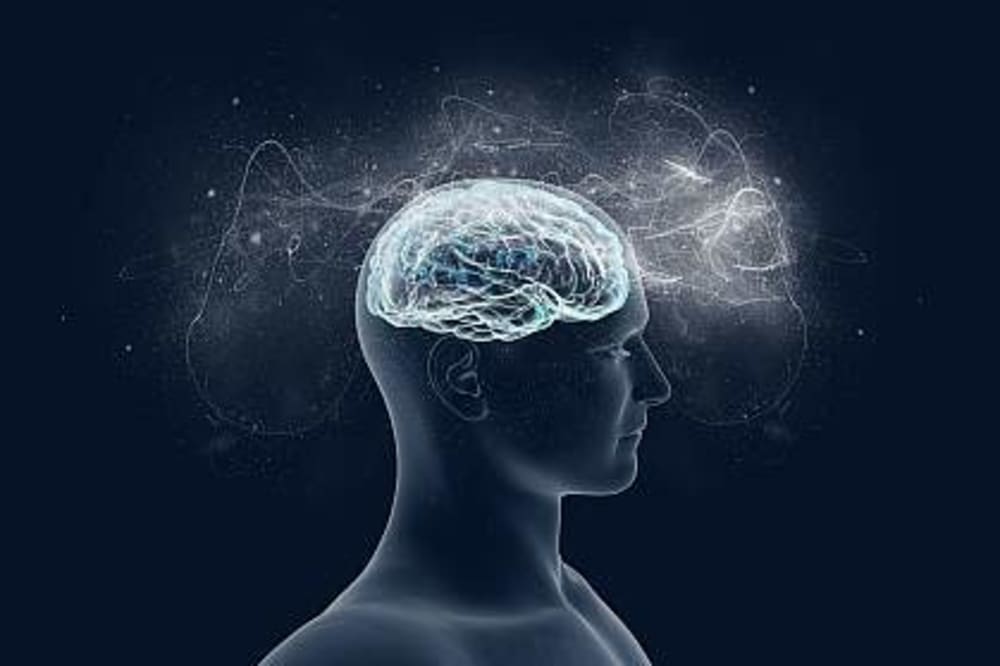During REM (Rapid Eye Movement), dreams are formed. In the amazing neurological phenomena of sleep, the brain combines sensory information to create vivid, sometimes strange stories. This thesis explores the complex processes behind this process, with particular attention to the dynamic interactions across brain areas connected to emotions, senses, and memory. The study aims to disentangle the neural architecture responsible for producing subjective dream experiences through the use of cutting-edge neuroimaging techniques like fMRI for spatial mapping of brain activity and EEG for monitoring temporal dynamics, in addition to behavioral experiments manipulating sensory stimuli.
Studies show that similar brain activations during waking stages of sensory perception and creative thought are correlated with dreams. The major sensory cortices, the hippocampus for memory consolidation, the amygdala for emotional processing, and other key brain areas are implicated in dream creation, and the executive functions of the prefrontal cortex. Studies using neuroimaging have revealed patterns of connection and activity between these areas during rapid eye movement (REM) sleep, pointing to a sophisticated network coordinating the synthesis of sensory data into coherent dream narratives. The temporal dynamics of dream formation are further explained by neuronal oscillations and synchronisation patterns that are shown by electrophysiological research.
A complex explanation of dream formation, whereby dynamic interactions between sensory, affective, and mnemonic processes are revealed through the synthesis of empirical facts. Coherent dream narratives are supported by the coordinated activity of sensory cortices in processing external inputs, emotional regulation by the amygdala, and contextualization of events by the prefrontal cortex. Dream content is shaped by continuing sensory inputs as well as internal cognitive processes, which are influenced by this integrative brain activity during REM sleep. Theories of consciousness and memory consolidation benefit from these discoveries, which also point to directions for further study into the individual differences in dream experiences and possible therapeutic uses of dream manipulation.
Like this entry?
-
About the Entrant
- Name:Avanthika S
- Type of entry:teamTeam members:
- Vishwa G
- Avanthika S
- Patent status:none

